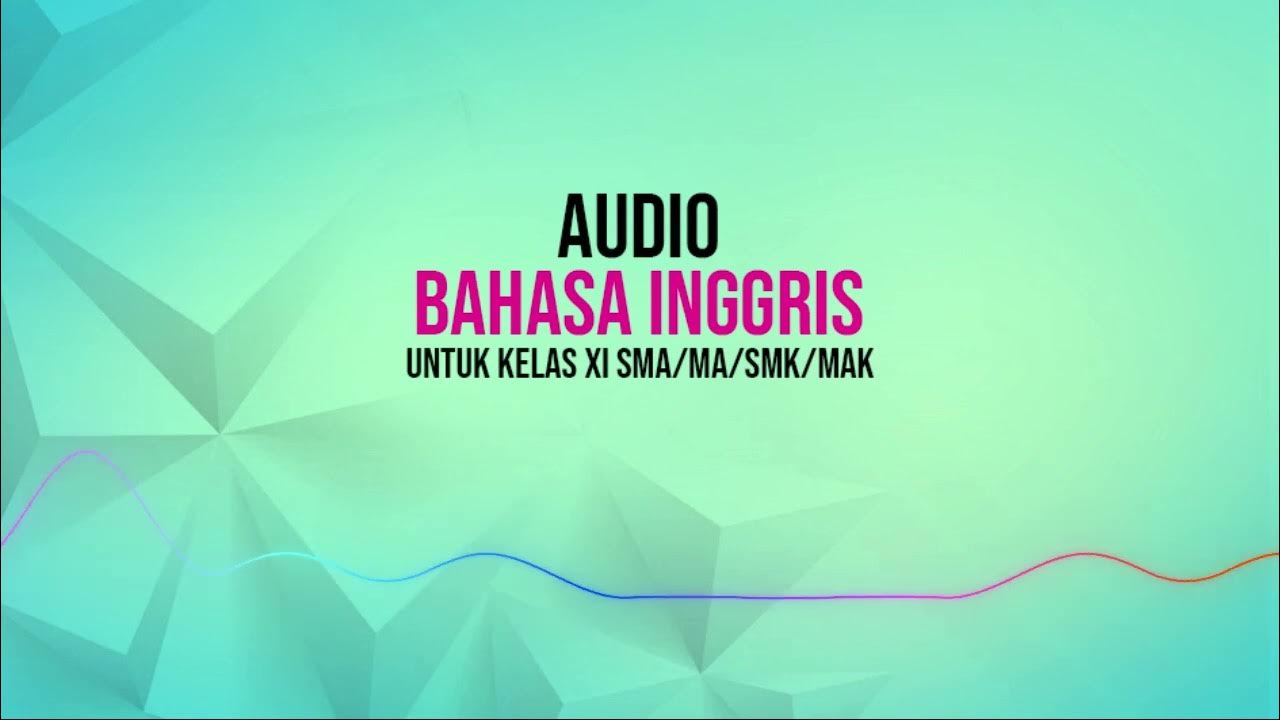Fake News e Post-Verità: La Chiamata Alle Armi | Guido Saraceni | TEDxVicenza
Summary
TLDRIn this engaging presentation, the speaker discusses the rise of fake news on social media, emphasizing its impact on public perception and democracy. He contrasts traditional mass media, which involves cultural mediation and censorship, with the unregulated nature of social networks where anyone can publish information. Using personal anecdotes, he illustrates how misinformation can spread virally and influence societal issues. The speaker advocates for vigilance and fact-checking, urging individuals to take responsibility for verifying information before sharing. He concludes by highlighting the importance of clean social media for maintaining democratic discourse.
Takeaways
- 😀 Fake news has always existed, but social media amplifies its reach and impact.
- 📱 Traditional mass media had cultural mediators, while social networks allow anyone to publish content without oversight.
- ⚖️ The speaker's personal experience highlights the rapid spread of misinformation and the importance of debunking it.
- 📊 Fake news can take various forms, including misleading headlines, emotional appeals, and fabricated images.
- 🔍 Users tend to believe fake news because it often contains slight distortions of reality that seem plausible.
- ⚠️ Emotional resonance is key; fake news often aims to provoke fear or outrage to encourage sharing.
- 🔗 The 'filter bubble' effect can limit exposure to differing viewpoints, but viral fake news can break through these barriers.
- 💻 Active fact-checking and scrutinizing sources are essential strategies for combating misinformation.
- 👥 Social media is a powerful tool for democracy, but it requires responsible use to maintain its integrity.
- 📣 Everyone has a role in ensuring the online information landscape is clean and reliable by intervening against false narratives.
Q & A
What are fake news, and how do they differ from traditional news?
-Fake news refers to false information or hoaxes spread through social networks, lacking the cultural mediation present in traditional mass media like newspapers and television, where there is typically an editorial oversight.
How did the speaker first become aware of the impact of fake news?
-The speaker realized the impact of fake news when they saw a privacy disclaimer circulating on social media, which they quickly identified as false and addressed with their students.
What are the characteristics of fake news as mentioned in the script?
-Fake news can take various forms, including false statements, misleading images, and sensational headlines designed to provoke emotional responses and encourage sharing.
What role does the concept of a 'filter bubble' play in the spread of fake news?
-A filter bubble refers to the phenomenon where individuals only engage with information that aligns with their beliefs, which can limit exposure to differing viewpoints, but fake news can disrupt this by reaching wider audiences.
Why do people tend to believe fake news according to the speaker?
-People often believe fake news because it presents a distorted version of reality, exploits emotional responses, and they often skim content, leading to misunderstandings about the credibility of sources.
What strategies does the speaker suggest for combating fake news?
-The speaker suggests practicing fact-checking, reading URLs carefully, and verifying information before sharing to mitigate the spread of fake news.
How did the speaker's social media presence change after addressing the fake news incident?
-After addressing the fake news incident, the speaker's public page grew significantly, increasing from 800 to 5,000 followers in a week, highlighting the virality of their response.
What is 'clickbaiting,' and how does it relate to the spread of fake news?
-Clickbaiting refers to using sensationalized headlines or links to attract clicks for profit, often leading to the spread of fake news as users are drawn to misleading content.
What responsibilities do individuals have regarding the information shared on social media?
-Individuals have a responsibility to verify the information they share and to contribute to maintaining the integrity of social networks by avoiding the spread of false information.
How did the speaker relate a real-life incident to the importance of social media in democracy?
-The speaker mentioned a police incident in the U.S. where a woman recorded an encounter with police on Facebook Live, illustrating how social media can empower citizens to hold authorities accountable and control the narrative.
Outlines

This section is available to paid users only. Please upgrade to access this part.
Upgrade NowMindmap

This section is available to paid users only. Please upgrade to access this part.
Upgrade NowKeywords

This section is available to paid users only. Please upgrade to access this part.
Upgrade NowHighlights

This section is available to paid users only. Please upgrade to access this part.
Upgrade NowTranscripts

This section is available to paid users only. Please upgrade to access this part.
Upgrade Now5.0 / 5 (0 votes)





